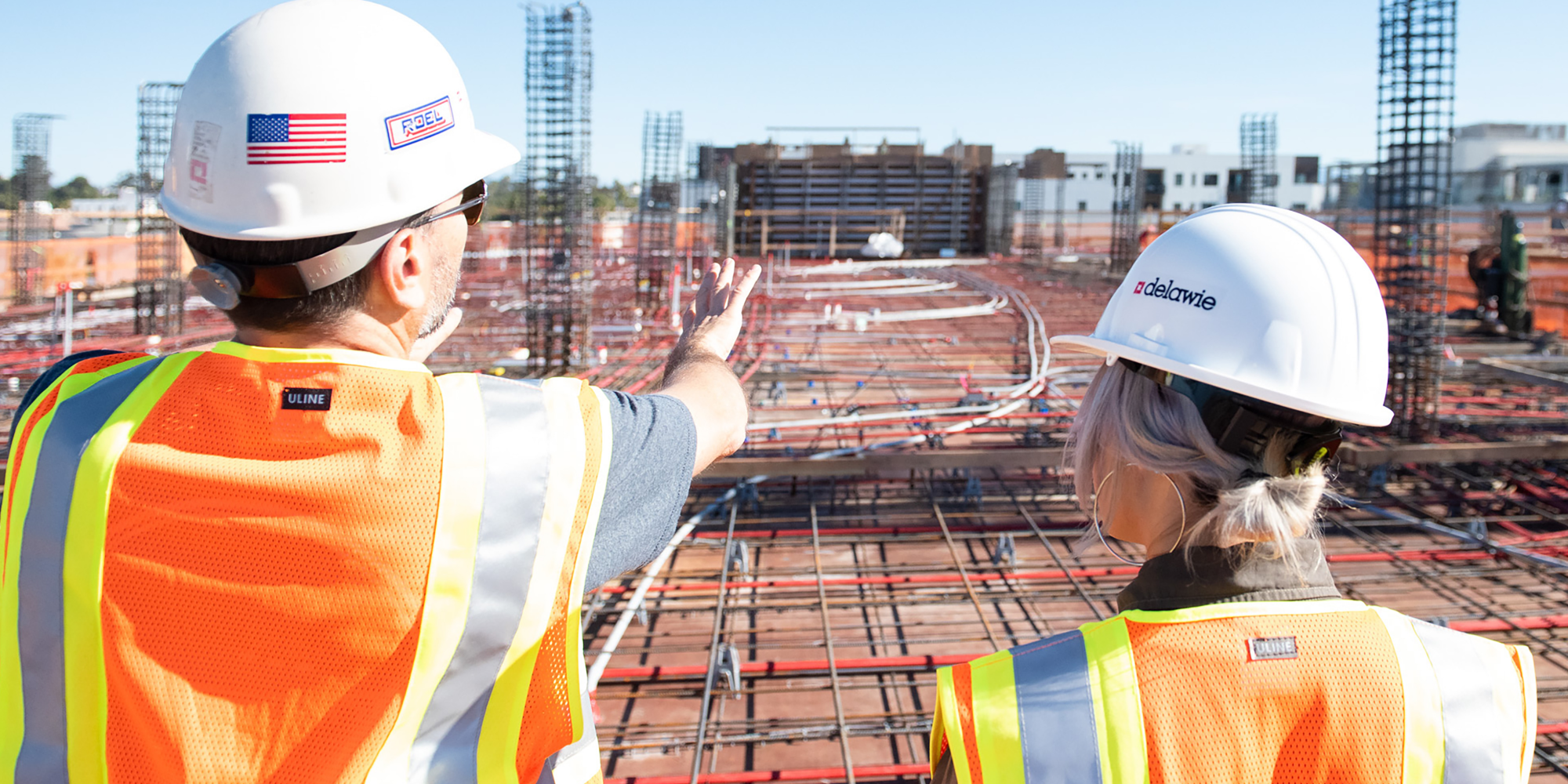How to fulfil the Regulation 38 requirement
'Regulation 38, forms part of the building regulation 2010 Approved Document B (ADB). ADB deals with the fire safety requirements in the design and construction of buildings'.
ADB Regulation 38 states:
For building work involving the erection or extension of a relevant building (i.e. a building to which the Regulatory Reform (Fire Safety) Order 2005 applies, or will apply), or the relevant change of use of a building, fire safety information should be given to the responsible person at one of the following times.
a) When the project is complete
b) When the building or extension is first occupied.
The aim of this regulation is to ensure that the person responsible for the building has sufficient information relating to fire safety to enable them to manage the building effectively. The aim of Regulation 38 will be achieved when the person responsible for the building has all the information to enable them to do all of the following:
1) Understand and implement the fire safety strategy of the building.
2) Maintain any fire safety system provided in the building.
3) Carry out an effective fire risk assessment of the building.
It was identified within the Grenfell tower fire enquiry, that fire safety information for the building and the subsequent upgrade project was lacking. Dame Judith Hackett called the information that is required as ‘The Golden Thread of information’. Without detailed information, the responsible person has failed in meeting their legal obligation.
What information is required to satisfy the Regulation 38 requirements?
Details of all passive and active fire measures as well as evacuation routes and other information as follows:-
- Location and details of fire cavity barriers
- Location and details of fire doors and door furniture
- Location of dry or wet riser inlets and outlets
- Location of fire hydrants outside the building
- Details for sprinklers
- Details for any smoke extract systems
- Type and location of fire alarm and detection systems or smoke and heat alarms
- Type and location of emergency lighting
- Information detailing fire service access
- Location and type of fire extinguishers and signage
- Location and type of fire exit and furniture
- Escape routes
- Location and type of external cladding materials
- Details relating to any intumescent paints or finishes used to protect steel work or timber, as well as where it was used
- Details of intumescent collars used to protect pipe penetrations and where these are located
- Details relating to any other passive fire protection products used including the location. As an example, intumescent bags for cable trays, intumescent ablative fire batts, pipe and cable intumescent block systems etc
- Details relating to insulation materials used within wall cavities
- As built fire safety strategy plans
This is just an example of the level of information required to meet the Regulation 38 requirement. In addition, the information must be available for the life of the building.
Seldom is this level of information available to enable the correct preparation of a fire risk assessment of the premisses. This makes it extremely difficult for an assessor to identify items that have been built within the fabric of the building once the building is complete.
It could be argued that if this level of detail were available to assessors and surveyors, the issues that we have all seen within the national media around cladding materials could possibly have been negated.
Simply put, without detailed information the only way to identify materials used internally and installation practices is to conduct intrusive and costly inspections.




